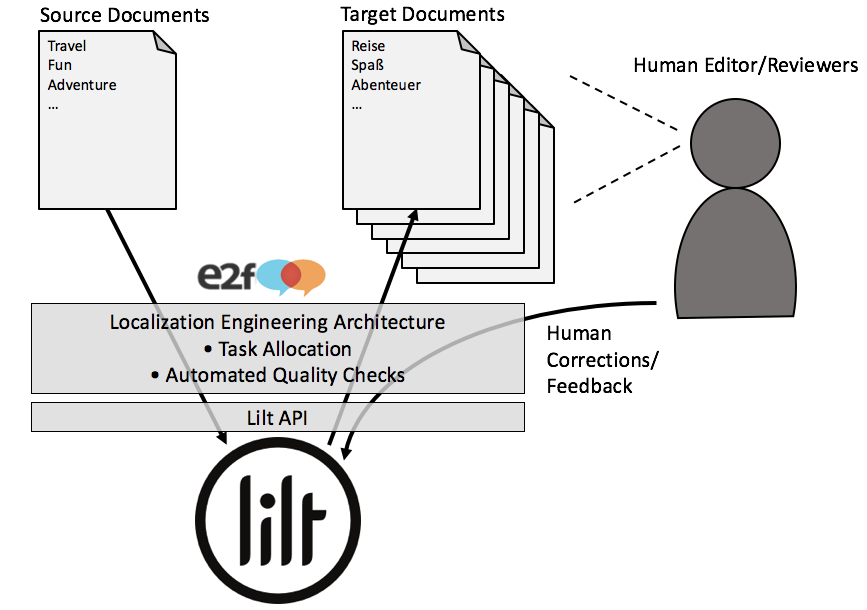Understanding Artificial Neural Networks

What is an Artificial Neural Network?
We rely on computers to perform tasks at an exponentially faster rate than the majority of humans can accomplish. Whether it’s crunching the numbers in a long mathematical sequence or compiling a vast database, a computer will always have the edge. However, human brains are remarkable - we can understand abstract ideas, formulate relatively sound decisions, and create new concepts through imagination. However, we may not retain this sole advantage for much longer.
Loosely modeled off of our brain's structure, developers have crafted an artificial intelligence-based interconnected network - artificial neural networks. An artificial intelligence network is a powerful tool designed to learn and reason, drastically shaping our future.
In this article, we’re going to explain what an artificial neural network is (with examples and use cases) and how companies use neural networking technology to grow.
So, what is an ANN?
An ANN (artificial neural network) is an interconnected system, similar to our biological neural networks. The similarities between an artificial neural network and an animal brain is that an ANN is constructed of nodes, which act like artificial neurons, and connections, which act like synapses.
Artificial Neural Network Explained
Signals are sent through these connections, where data is given a weight and sent to adjoining nodes. At these nodes, the data is parsed using a non-linear function. The weight is then adjusted based on what the node "learned". These neurons are aggregated into different layers with their own transformation functions on the data it receives. As information flows through each neuron and has its weight-adjusted, if the sum of the new weight exceeds a predefined threshold, it is then fed forward to the next node until it reaches the output layer.
The learning process of an artificial neural network works similarly to how humans learn. As we learn from feedback from our environment whether an action was successful or not, so does an ANN. For an ANN, the process is called back-propagation. In its simplest form, back-propagation is the comparison between the output delivered by an ANN and the expected optimal output. The two datums will show the difference, and the system will take the appropriate steps by scouring the layers to see where it can lessen the gap. Eventually, after going through this learning process, an artificial neural network will consistently produce the desired output with zero difference between the delivered and optimal outputs.
Types of Artificial Neural Networks
There are various types of artificial neural networks, each unique in its design and purpose.
Feedforward Neural Networks
A feedforward neural network is the most basic version of an artificial neural network. This neural network sends signals in one direction through the layers. Information is sent straight from the input directly to the output. While these systems don’t utilize back-propagation, they can perform exceptionally well with noisy data.
Recurrent Neural Network
A recurrent neural network is a more common type of artificial neural network, in that information can travel through the layers in multiple directions. The system's increased complexity can acquire and learn data faster than a feedforward network, as each neuron acts as a memory cell, retaining a portion of the data for the next time it's accessed.
Other Neural Networks
There are other types of neural networks such as Modular Neural Networks, Kohonen Self-Organizing Neural Networks, Convolutional Neural Networks, and more, each serving a specific function. Deciding which artificial neural network is the correct one for your company depends on the task that will be required to perform.
Why Artificial Neural Networks are Important
So, what are artificial neural networks used for?
For example, nearly every sector of the localization industry is finding new ways to adopt artificial neural networks into its workflows. Whether it’s a company that needs to localize its content for different regions around the world or maintain 24-hour availability to interact with clients through chatbots, artificial neural networks solve the issue. Through these platforms, what would typically require hundreds of man-hours to accomplish, can be done in rapid succession and at a fraction of the cost.
Some of the more common uses of ANNs include:
- Email spam detection
- Credit scoring methods
- Personalized product recommendations
- Machine translation
- Vehicle control
- Pattern recognition
- Sequence recognition
Applications of artificial neural networks are continually growing, and the list of common use cases will only grow in the coming years.
Ultimately, ANNs and AI are reshaping our future. As such, they are services that any company can leverage to provide customers with the best experience possible. If you want to reach a global audience, you should consider whether an artificial neural network can work for you.
Contact Lilt today to speak with one of our experts who can guide you through a live demo of the translation services available via the Lilt platform.


